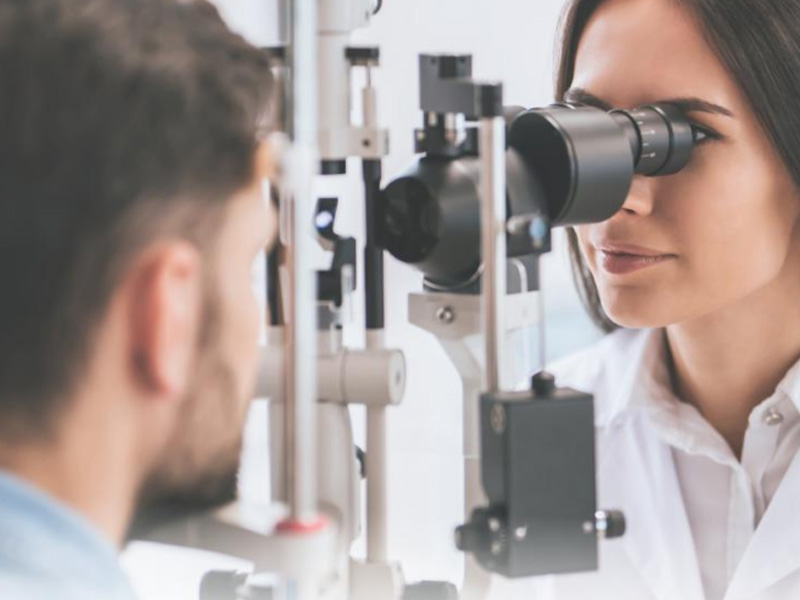Benefits of strength training
22/04/2025

09/07/2018
A thorough preoperative study is always required before refractive surgery, so we can determine which surgical technique is most suitable in each case and get optimal visual outcomes that meet the expectations of each patient.
The assessment begins with a basic eye exam that includes a measurement of the patient’s visual and refractive acuity, a slit-lamp exam of the anterior and posterior segment of the eye, and an intraocular pressure measurement. Once the basic exam is complete and the patient’s visual needs and expectations have been established, a further series of more detailed tests to determine the most appropriate surgical procedure is performed. The options are: laser refractive corneal surgery (LASIK, PRK and SMILE) or refractive intraocular surgery (phakic intraocular lenses, monofocal and multifocal intraocular lenses).
The patient must stop using soft contact lenses a few days before the preoperative tests as these can modify the cornea and distort the measurements.
One of the key tests is a corneal topography. It involves a detailed exam of the corneal surface to detect possible irregularities or deformations (for example, keratoconus) which could contraindicate refractive surgery, and helps us gain information about the curvature, thickness, asphericity and eccentricity of the cornea. A corneal topography measures the depth of the anterior chamber—an important factor used to decide if the patient can have an implantable intraocular contact lens (ICL), thereby keeping the crystalline lens intact.
Other tests such as a pupillometry (which measures the size of the pupil under different light conditions) and an aberrometry (which measures optical aberrations) provide important information that helps to personalise the refractive corneal treatment.
A biometry calculates the axial length of the eye helping us to determine the power of the implant lens.
A specular microscopy analyses the shape and number of endothelial cells and helps detect pathologies like Fuchs’ corneal dystrophy.
In addition, an assessment of the eye's surface helps us to determine if there is a risk of postoperative dry eye, meaning we can inform the patient of potential postoperative discomfort and tailor the artificial tears guidelines to suit.
Based on the results of these more specific tests, the ophthalmologist will recommend which surgical technique is most suitable for you.
Furthermore, the preoperative period is the best time for the patient to ask any questions about the procedure and postoperative period. Your ophthalmologist will give you detailed information about the surgical procedure, its advantages and potential complications.